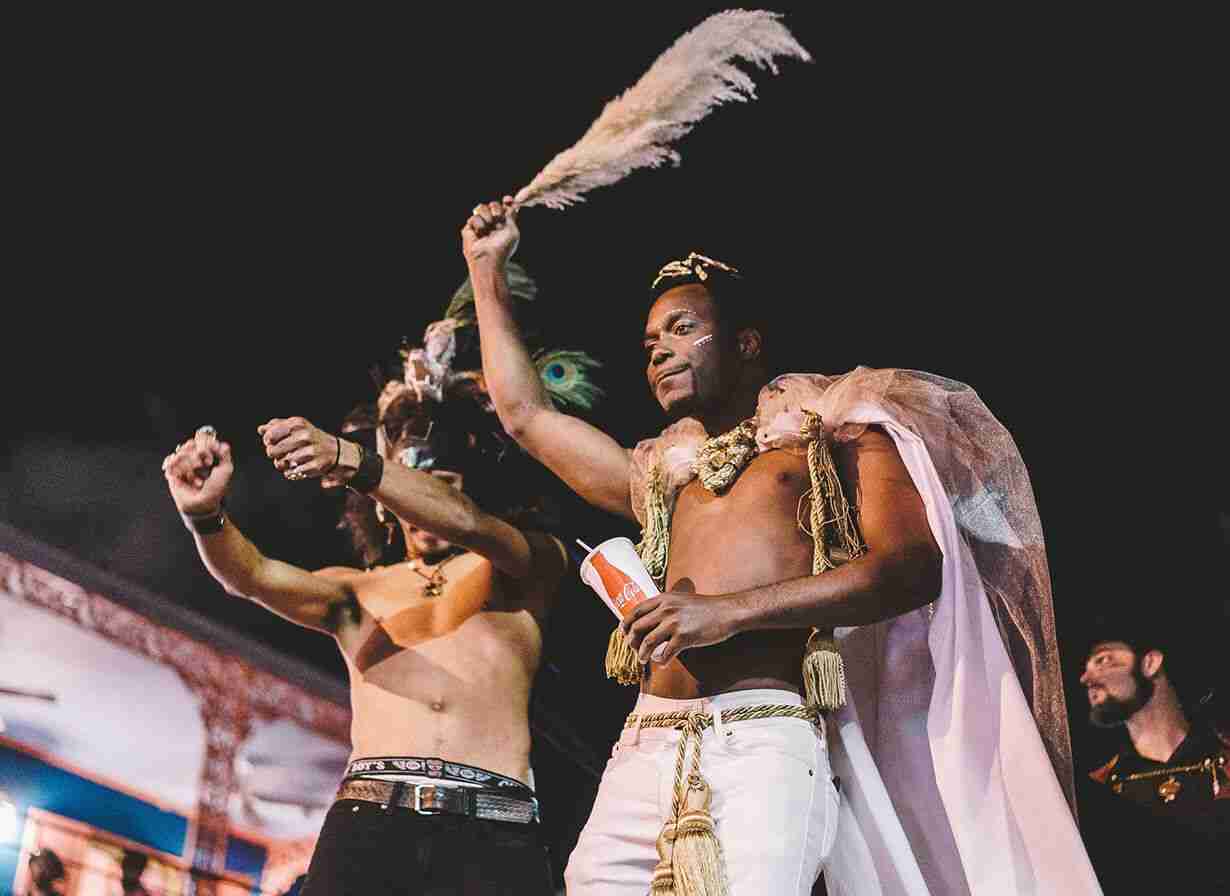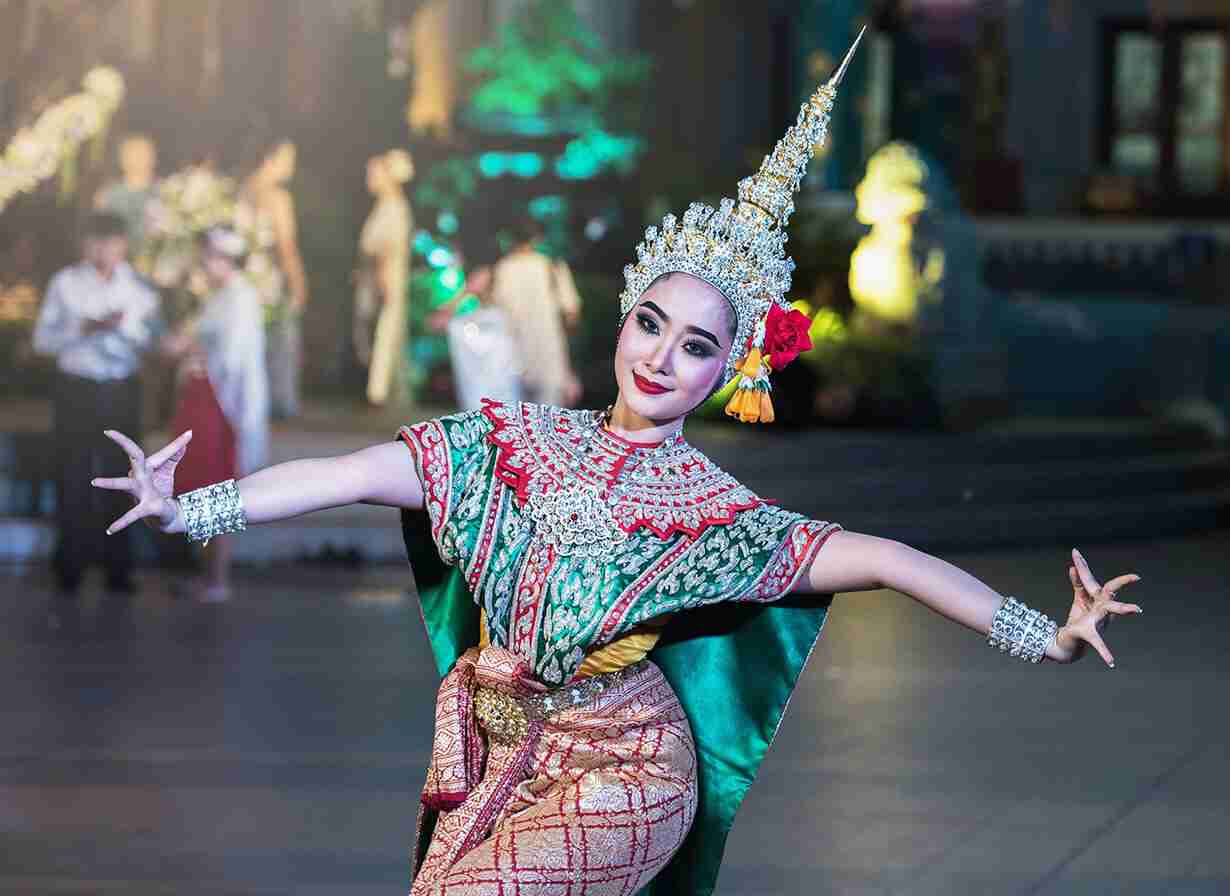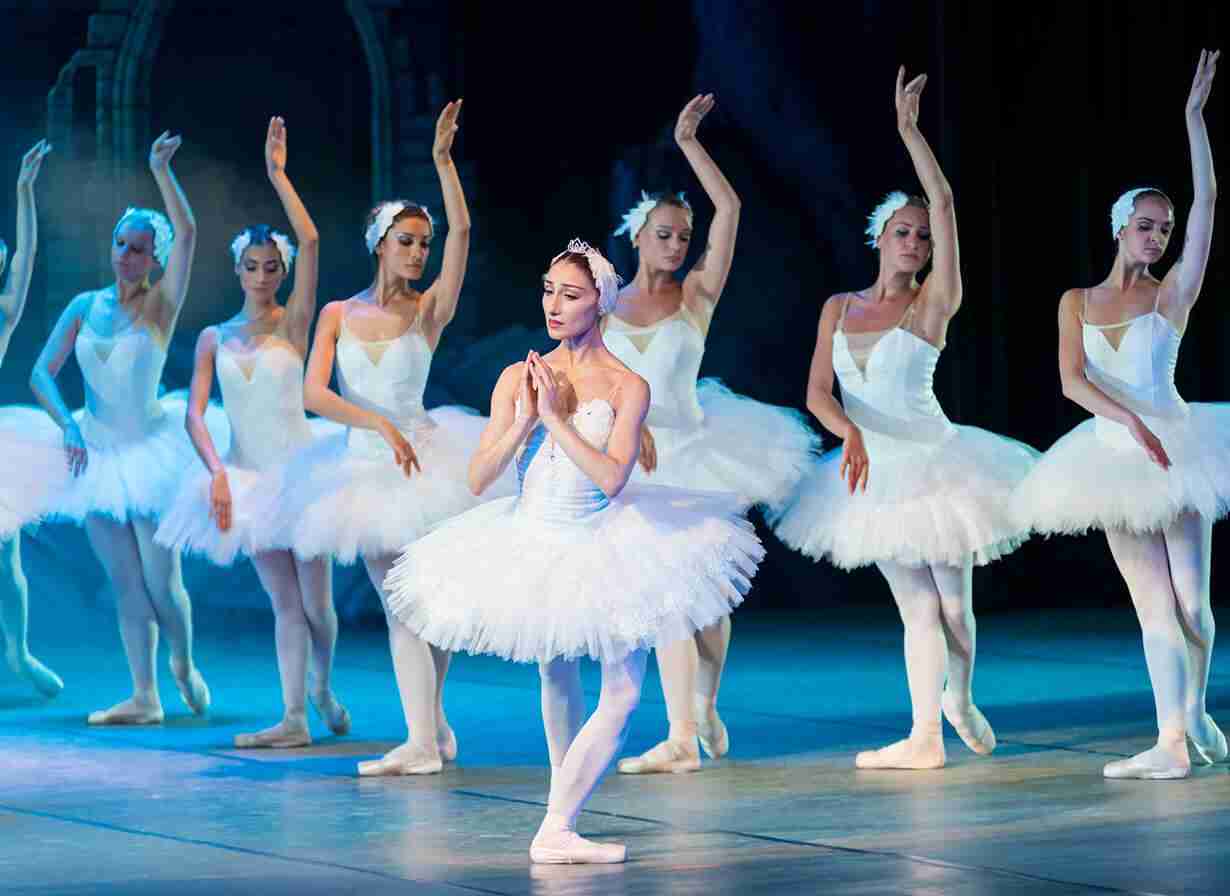KATHAK DANCE HISTORY – Kathak is the classical dance form that prevails in the North of India. The word Kathak is derived from katha meaning “storytelling”. The expression Katha kahe so Kathak means whoever tells a story in a dance form with song is a Kathak. The movements of hands (mudra) and body along with facial expressions (abhinaya) were used to tell a story with song and music and this gave birth to Kathak and Kathakars. Originally, the artists known as the Kathakars told mythological stories (harikatha) in the Hindu temples of Northern India and obviously their art was deeply rooted in the Hindu religion, philosophy and spirituality. The Kathakars’ knowledge – compositions and choreography – were passed on from generation to generation through oral tradition.
The Kathak presentation is divided into three distinct parts: the natya (drama), the nritta (pure dance) and the nritya (expression,mimetic). While nritta is a logical extension of words and imagery of movements, inclusion of the natya to the dance gives it substance. Nritya combines dancing and action while interpreting the story. In delineation of these aspects, the rasa or emotion charges the atmosphere radiating ananda (bliss) on union with god. Known for its intricate compositions, rapid chakkars or bhramaris (pirouettes), complex tatkar (footwork) and stylised facial expressions, Kathak hails from three gharanas-Banaras, Lucknow and jaipur. While the jaipur gharana focuses on layakari or rhythmic permutations, the Lucknow gharana expounds on bhava or moods and emotions with graceful movement and delicate placing of hands. This dance style was influenced by the Awadh royalty.
The dance form focuses a lot on of intricate leg movements. They are skillfully done and performed straight legged. The dancers also wear ghungroos or ankle bells which makes a characteristic noise every time they move their feet.

Between the 12th and the 18th century, Kathak was practised in the magnificent palaces of the Mughal emperors and even earlier in those of Hindu rulers. After being a totally devotional temple art, it had also become a court dance, intended to entertain those powerful rulers. It enriched itself by borrowing from Persian cultural elements and as such, the aesthetics of the dance evolved in accordance with the aesthetics of the Muslim culture too.
Kathak Theme & Technique
With the help of dance, music and mime these dancers will narrate stories based in Hindu mythologies by using dance as a platform. It was used as form of devotional expression to the Hindu Gods. They used to enhance their dances with intricate hand gestures and vivid facial expressions
The important elements of Kathak include linear and circular extensions of the body that are symbolized by controlled body and hand coordination. It also involves rhythmic footwork to the beat of music and fast paced pirouettes which are always carried out in elegance and grace when the artist in a deep state of trance and spiritual reckoning mesmerizes the audience with his or her performance.
Click Here for kathak Dance Class Schedule & Fee at PAIPA

Click Here for Kathak Dance Troupe in Delhi for Events / Shows
Kathak Costume
Kathak ghungroos or ghungrus, small bells tied around a dancer’s ankles, are different from those of other Indian dance styles. They are not affixed to a pad or strip of leather but instead are individually woven along a thick string. Usually there are a hundred bells on each ankle. However, for the initial stages of learning or for children, twenty five and fifty belled strings may be used to allow the dancer to adjust to them. There can be upto a hundred and fifty bells on each ankle but greater figures than this are generally unsuitable because of the distance of the upper bells from impact. This delays the sounds and can also be difficult to control because they are more likely than not to sound at unwanted moments. The costumes of dance have also changed along with dance styles. Traditional, and specifically Hindu, female costumes consist of a sari either worn in an everyday style or tied up to allow greater freedom of movement of dance. However, a lengha choli with an odhni is more common. The Mughal costume for women is an angarkha, similar to a churidar kurta, but tighter fitting above the waist to enhance the lower half during spins. A small peaked cap and bandi, to enhance the bust line, may also be worn along with a belt made of zari or precious stones. The traditional Hindu costume for men is a dhoti tied in the Bengali style that has many pleats. Men may also wear a bandi. The Mughal costume is a kurta that is at least knee length along with a churidaar. Men can also wear an angarkha and older variety costumes can include a small peaked cap as well.

Kathak Music
This dance style makes great use of Hindustani musical compositions which many a time specifically composed for the performances. Instruments like flute, harmonium, sitar and tablas are usually used for performances. The compositions consist of bhajans, thumris and padas.
Kathak today is beautiful amalgamation of Hindu and Muslim influences. It carries influences and inspirations of both religions. Drama, mood, sentiment, technique and rhythm to music are main aspects of this dance form.
The current form of Kathak is linked to the Mughal era. During that period the facial expressions and gestures gained in subtlety. The artist was indeed able to express a theme in many different ways with a wide range of nuances. The aspect of pure dance (nritta) gained in sophistication and speed. The rhythm, movements and pirouettes became more complex. Kathak also became permeated with elegant Urdu poetry along with the poems in Braj. (One of the last Mughal emperors, Wajid Ali Shah himself composed songs on Krishna in Braj.)
Nowadays, Kathak is the only Indian classical dance form that presents a strong symbiosis of the Hindu and Muslim cultures.
Click Here for kathak Dance Class Schedule & Fee at PAIPA
Click Here for Kathak Dance Troupe in Delhi for Events / Shows


